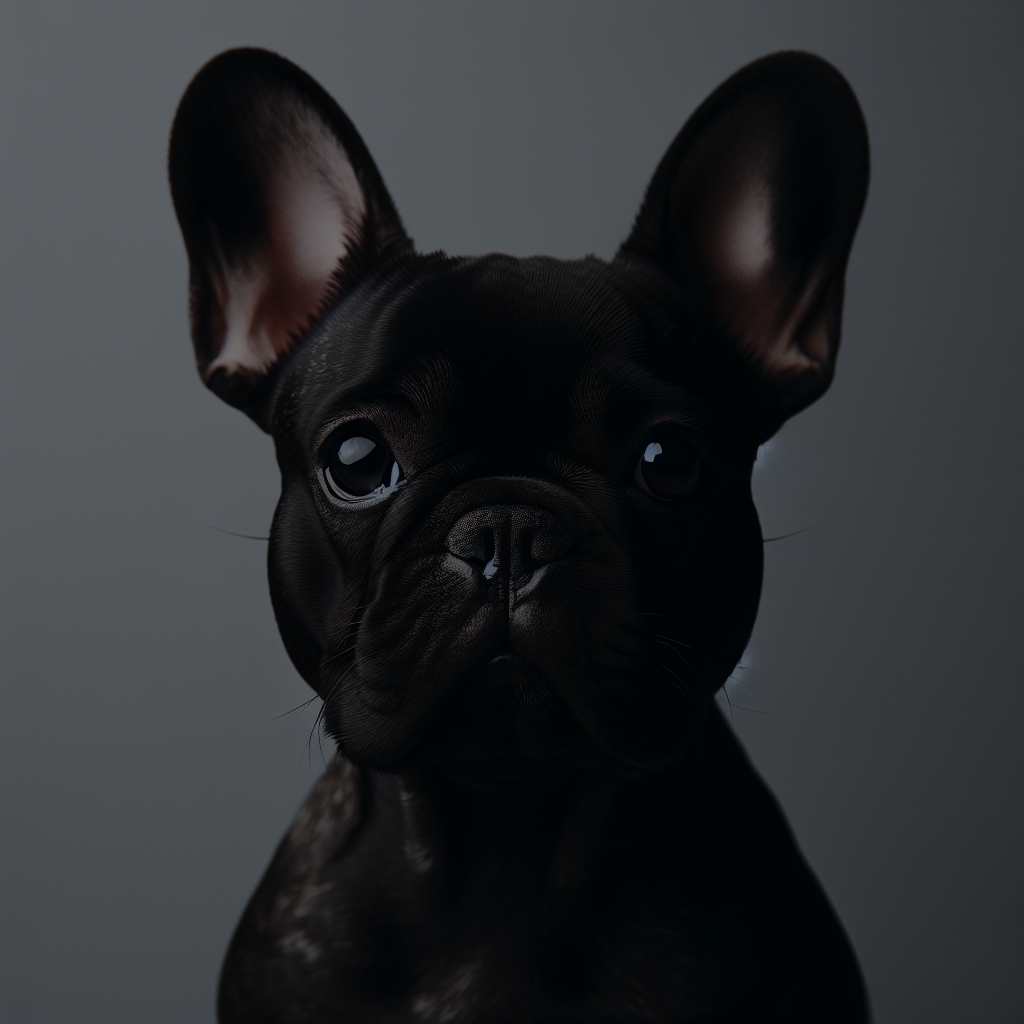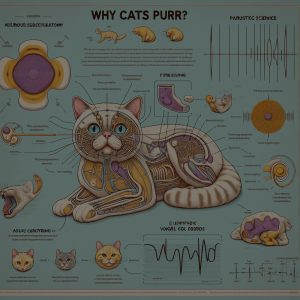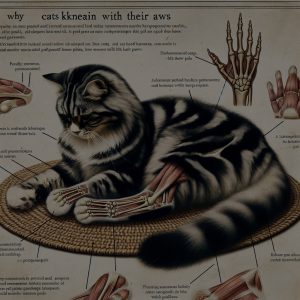
Detailed Insights into the French Bulldog Breed
The French Bulldog, affectionately known as "Frenchie," has become one of the most beloved dog breeds around the world. With their distinctive bat-like ears and compact size, French Bulldogs are easily recognizable and have captured the hearts of dog enthusiasts. This article delves into the rich history, unique physical characteristics, endearing temperament, and health considerations associated with the French Bulldog breed.
Origins and History of the French Bulldog Breed
The origins of the French Bulldog can be traced back to the 19th century in England, where breeders sought to create a toy-size version of the Bulldog. Lace workers from Nottingham, who were displaced by the Industrial Revolution, migrated to France and brought these smaller Bulldogs with them. In France, the breed gained popularity and underwent further development, leading to the distinctive features we see today.
Throughout the late 1800s and early 1900s, the French Bulldog became a fashionable companion among Parisian society, artists, and high society members. The breed’s charming personality and compact size made it an ideal pet for urban living. It was during this period that the breed’s signature bat-like ears became a standard, distinguishing them from other Bulldog variants.
By the early 20th century, the French Bulldog had gained international recognition and was imported to the United States. The American Kennel Club (AKC) officially recognized the breed in 1898. Since then, French Bulldogs have continued to grow in popularity, becoming one of the most sought-after companion dogs worldwide.
Physical Characteristics and Appearance
French Bulldogs are a small yet robust breed, typically weighing between 16-28 pounds and standing about 11-12 inches tall at the shoulder. Their most distinctive feature is their large, erect "bat ears," which are a hallmark of the breed. These ears, combined with their short snouts and loose skin, give them a unique and endearing appearance.
The breed’s coat is short, smooth, and comes in a variety of colors, including brindle, fawn, white, and combinations of these. Despite their compact size, French Bulldogs have a muscular build with a broad chest and a well-rounded body. Their tails are naturally short and can be either straight or screwed, but are never docked.
French Bulldogs have a distinctive face, with a short muzzle and a characteristic "smushed" appearance. Their eyes are dark and expressive, often reflecting their playful and affectionate nature. This combination of physical traits makes the French Bulldog a visually appealing and easily recognizable breed.
Temperament and Personality Traits
French Bulldogs are renowned for their friendly and affectionate nature, making them excellent companions. They thrive on human interaction and are known to form strong bonds with their families. Despite their somewhat stubborn streak, French Bulldogs are generally easy to train, especially when positive reinforcement techniques are used.
The breed is known for its playful and lively demeanor. French Bulldogs enjoy engaging in various activities, from playing fetch to participating in agility courses. However, they are equally content lounging on the couch, making them versatile pets that can adapt to different lifestyles. Their moderate exercise needs make them suitable for both apartment living and homes with small yards.
French Bulldogs are also known for their alertness and make good watchdogs. While they are not overly aggressive, they will bark to alert their owners of any unusual activity. Their social nature means they usually get along well with children and other pets, although early socialization is important to ensure they develop well-rounded behavior.
Health Issues and Lifespan Considerations
Like all breeds, French Bulldogs are prone to certain health issues. Due to their brachycephalic (short-nosed) structure, they can experience breathing difficulties, especially in hot or humid weather. It’s crucial for owners to monitor their French Bulldog’s activity levels and avoid excessive exercise during extreme temperatures to prevent overheating.
French Bulldogs are also susceptible to a range of genetic disorders, including hip dysplasia, patellar luxation, and intervertebral disc disease. Regular veterinary check-ups and a well-balanced diet can help mitigate some of these risks. Additionally, their prominent eyes can be prone to conditions such as cherry eye and cataracts, necessitating regular eye examinations.
The average lifespan of a French Bulldog is around 10-12 years. Owners should be prepared for potential health challenges and be proactive in providing a healthy lifestyle for their pets. Maintaining a healthy weight, providing regular exercise, and ensuring routine veterinary care are essential to extending the lifespan and quality of life for a French Bulldog.
The French Bulldog continues to charm dog lovers with its distinctive appearance and delightful personality. While they may come with their own set of health challenges, their affectionate nature and adaptability make them an excellent choice for many families. Understanding the breed’s history, physical characteristics, temperament, and health needs is crucial for anyone considering adding a French Bulldog to their household. With proper care and attention, French Bulldogs can be loyal and loving companions for many years.










